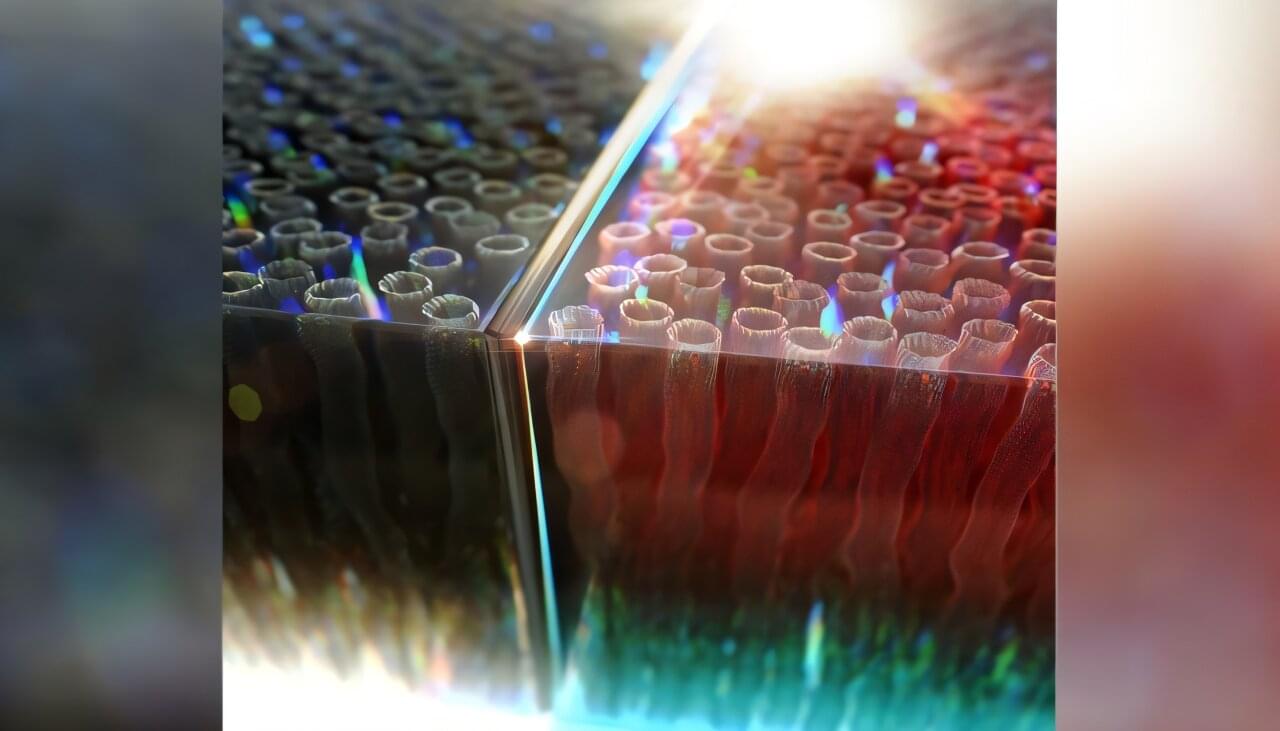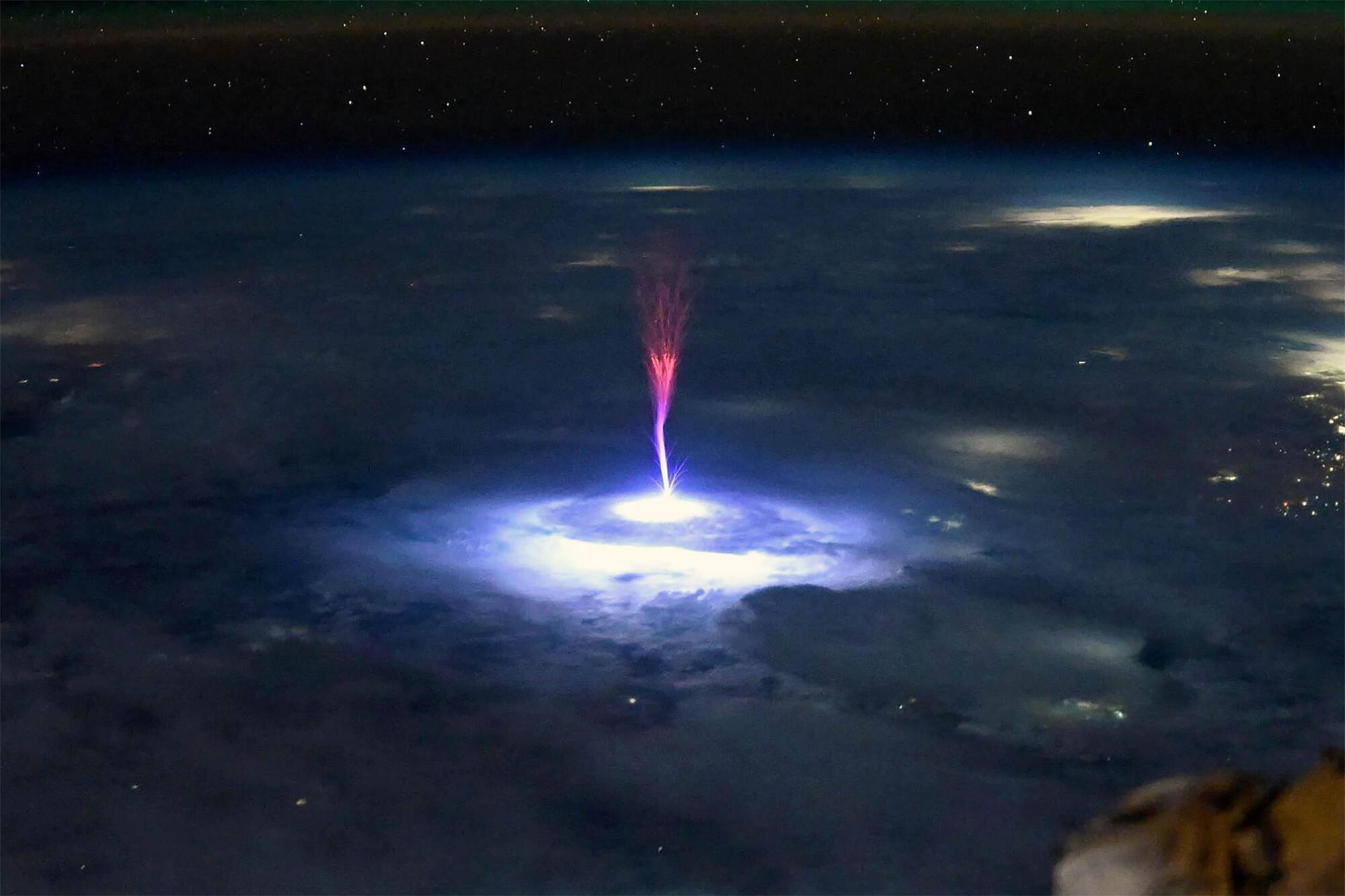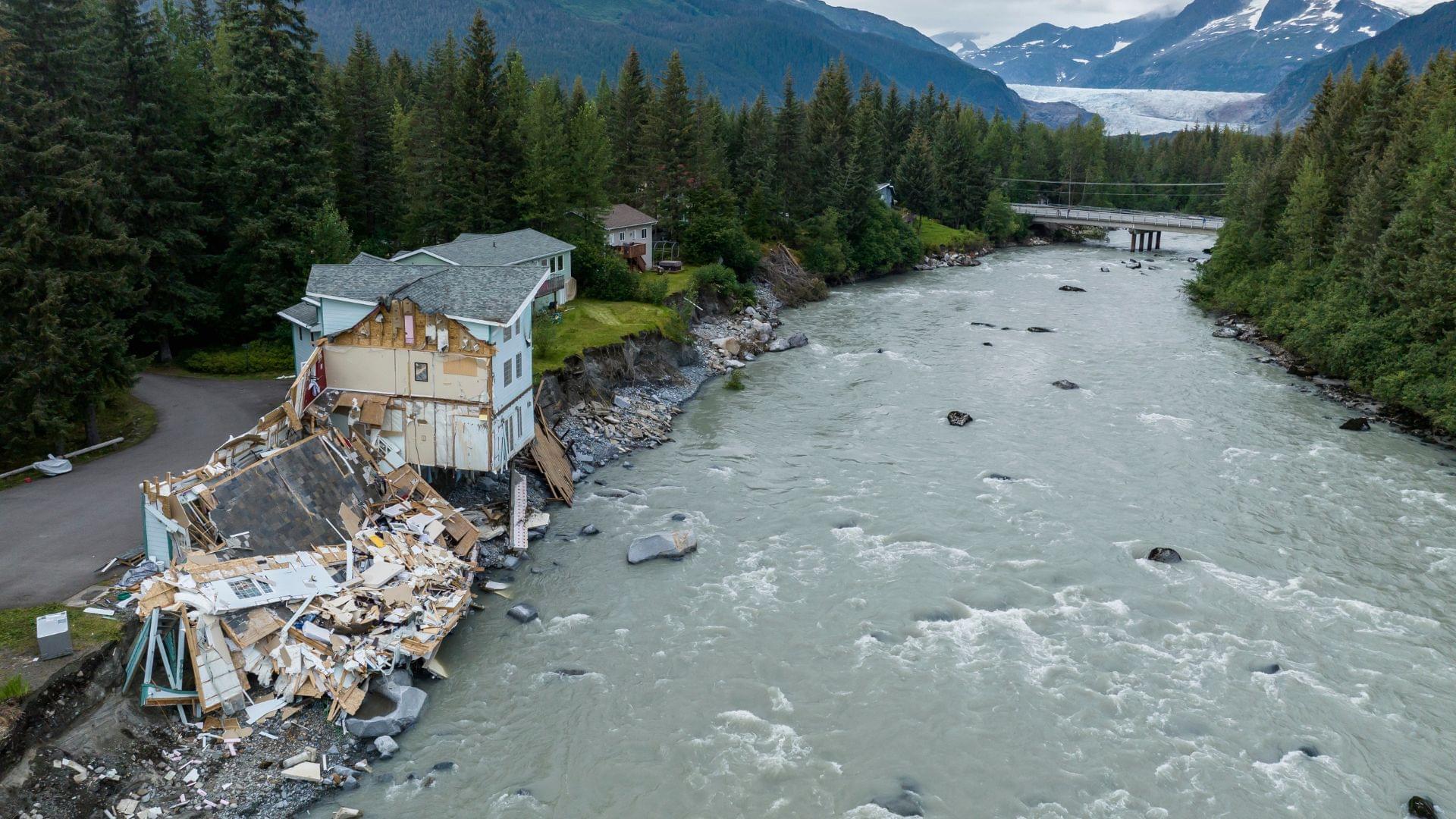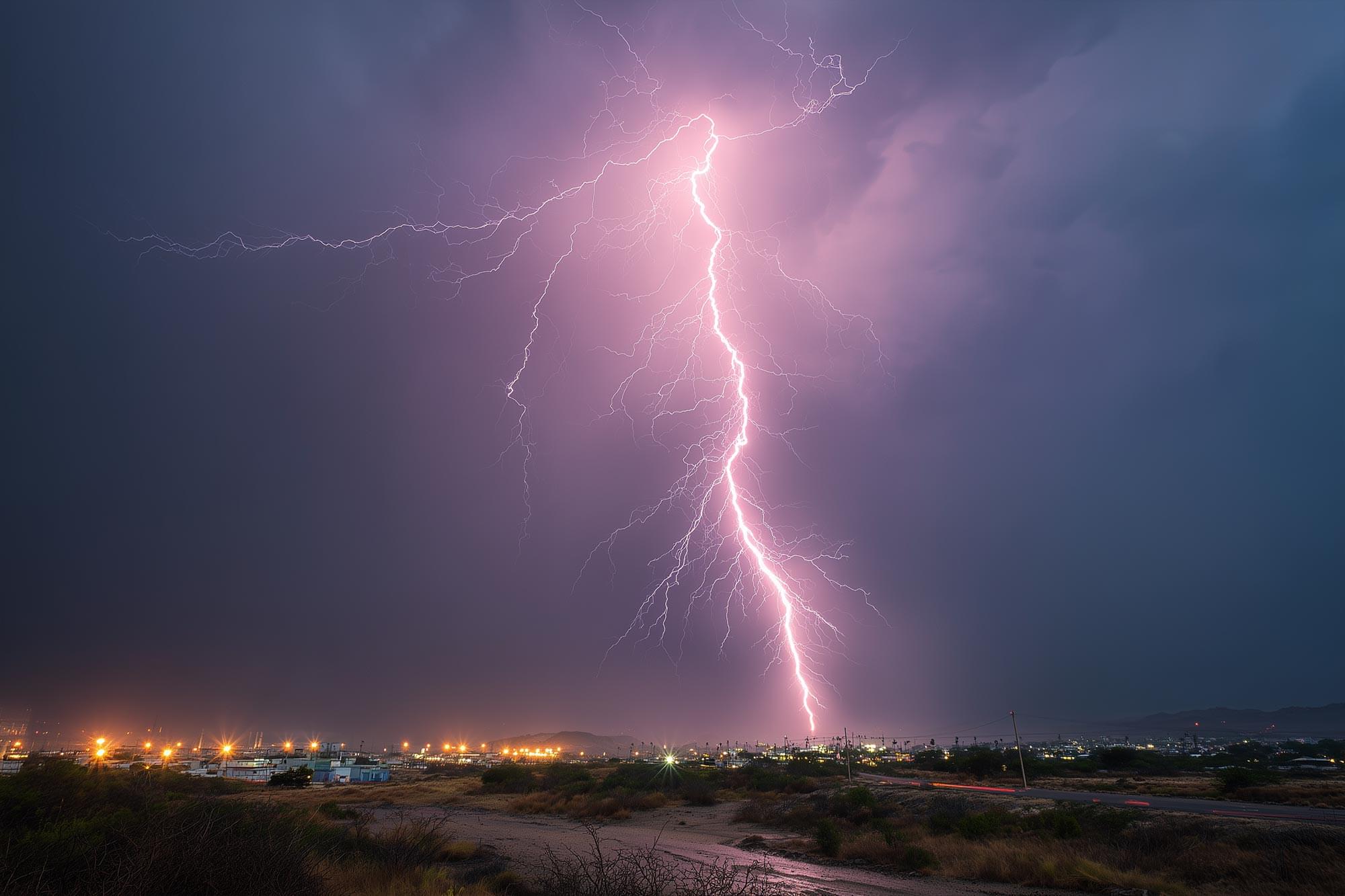They feel like lightning—sudden, brilliant and seemingly impossible to predict. But according to new research, those mind-flashing “aha” moments of insight may leave detectable traces before they strike.



Half of the sun’s radiant energy falls outside of the visible spectrum. On a cold day, this extra infrared light provides additional warmth to residential and commercial buildings. On a warm day, it leads to unwanted heating that must be dealt with through energy-intensive climate control methods such as air-conditioning.

Aging infrastructure, soaring electricity demand, renewable integration, and climate risks are driving the largest US grid modernization effort in history.


Scientists at Lawrence Livermore National Laboratory (LLNL) have helped develop an advanced, real-time tsunami forecasting system—powered by El Capitan, the world’s fastest supercomputer—that could dramatically improve early warning capabilities for coastal communities near earthquake zones.
The exascale El Capitan, which has a theoretical peak performance of 2.79 quintillion calculations per second, was developed at the National Nuclear Security Administration (NNSA). As described in a preprint paper selected as a finalist for the 2025 ACM Gordon Bell Prize, researchers at LLNL harnessed the machine’s full computing power in a one-time, offline precomputation step, prior to the system’s transition to classified national-security work. The goal: to generate an immense library of physics-based simulations, linking earthquake-induced seafloor motion to resulting tsunami waves.
The paper is published on the arXiv preprint server.
SpaceX is making significant progress towards establishing a human presence on Mars, with a major contract, advancements in technology, and plans for infrastructure development, potentially giving them a lead over competitors and raising questions about the future of space exploration and ownership ##
## Questions to inspire discussion.
Mars Exploration and Infrastructure.
🚀 Q: What is SpaceX’s breakthrough in Mars exploration? A: SpaceX’s Starship secured its first paying customer for Mars payloads: the Italian Space Agency, in a deal worth hundreds of millions of dollars.
🔬 Q: What experiments will the Italian Space Agency conduct on Mars? A: The payload includes plant growth, radiation, and local climate monitoring experiments, collecting data during the 6-month flight and on Mars’ surface.
🤖 Q: How will robots assist in Mars exploration? A: SpaceX plans to send 1,000–2,000 Optimus robots to Mars to fix rovers, run experiments, maintain equipment, and scout locations for future missions.
Questions to inspire discussion.
📊 Q: How did GPT-5 perform compared to GPT-4? A: GPT-5 was narrowly ahead of GPT-4 in artificial analysis, but GPT-4 was significantly better in “humanity’s last exam” and RKGI2, which measures tasks relatively easy for humans but hard for AIs.
🌐 Q: What is the key architectural improvement in GPT-5? A: GPT-5 has a multimodal architecture that can self-select the underlying model for a task, providing a simple, clean interface without users needing to understand technical details.
AI industry growth and economic impact.
💰 Q: How much is being invested in the AI industry annually? A: The AI industry is experiencing astronomical growth, with hundreds of billions of dollars being deployed annually, and a projected trillion dollars in the next 5 years on data centers and AI infrastructure.
📈 Q: Are there already economic returns on AI investments? A: Economic returns on AI investments are already evident, with companies like Meta and Microsoft reporting significant revenue growth and productivity gains.

A blockbuster study published in top science journal Nature last year warned that unchecked climate change could slash global GDP by a staggering 62% by century’s end, setting off alarm bells among financial institutions worldwide.
But a re-analysis by Stanford University researchers in California, released Wednesday, challenges that conclusion—finding the projected hit to be about three times smaller and broadly in line with earlier estimates, after excluding an anomalous result tied to Uzbekistan.
The saga may culminate in a rare retraction, with Nature telling AFP it will have “further information to share soon”—a move that would almost certainly be seized upon by climate-change skeptics.
